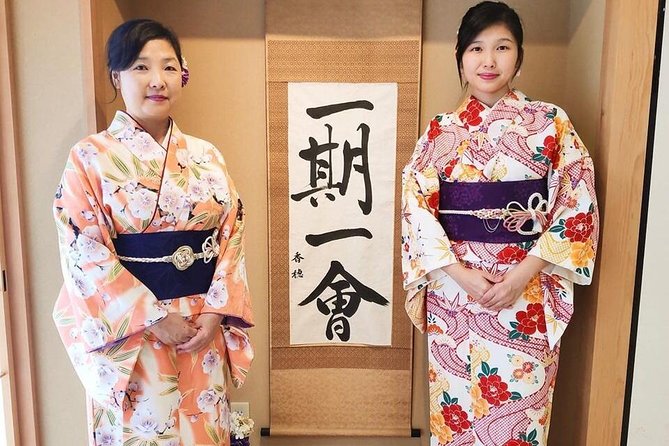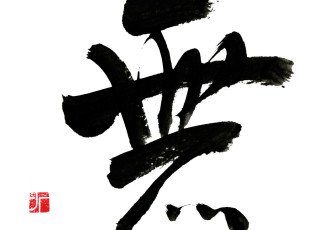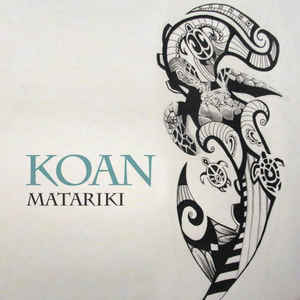The kimono is representative of Japan’s culture and heritage, and there are different types of kimono worn to complement every season and occasion.
Originally, “kimono” was the Japanese word for clothing. But in more recent years, the word has been used to refer specifically to traditional Japanese clothing. Kimonos, as we know them today, came into being during the Heian period.
Before the Yayoi period (300BC – 700AD), people used to wear a tubular dress with holes to put their arms through, like a sack dress. By the time of the Yayoi period, people mainly wore a top and a bottom. Men wore trousers and women wore long skirts and both wore a round-neck wrap top.
Nara and Heian Periods
During the 700s, Japanese wore separate garments as their daily clothing. The attire consisted of upper and lower garments that were either skirts or trousers. This way of dressing was influenced by Chinese clothing, as the Nara period saw Chinese missionaries come to Japan to spread Buddhism and Confucianism. In the Asuka Period, Japanese clothing closely mimicked Tang Chinese fashion, and Chinese fashions continued to influence Japanese dress into the Nara Period. After moving the capital permanently to Nara, the government passed a law dictating that collars must be crossed left over right, in accordance with the Chinese way of dressing. It was also around this time that courtly women began wearing highly fashionable crossed collar tarikubi robes from China, while men of the court continued to wear scholarly round-necked agekubi robes.
It wasn’t until the Heian Period (794-1185) that clothes-making took a significant turn. The straight-line cutting method created what is now the style of kimono, which was more comfortable and practical to wear. Makers of the kimono cut the fabric into straight lines, sewing the pieces together without the need of the wearer’s body measurements. It also enabled people to wear them in layers during cold seasons.
Heian women’s fashion flourished, generating an aesthetic culture with great sensitivity to color and season. Heian men continued to wear the round-necked Chinese robes of court rank until the 1100’s, at which point the Chinese-style robes were elevated to the highest ceremonial wear for the Imperial court. At this time, men adopted the crossed-collar style worn by women and lower classes.
The most well-known clothing of the Heian period is the juunihitoe, or ‘twelve layered robe’, worn by the highest-ranked ladies of the Imperial Court. But the ladies could wear as few as two layers up to twenty or more, depending on the season, occasion, rank, etc. This was the highest formalwear for a woman, and could easily weigh more than ten kg in the wintertime.
Color has always been a very important indicator of rank throughout Japan. A woman’s outfit and color selection could indicate all kinds of information besides rank, such as her age, marital status, location, ceremonial occasion, courtly favor, etc.
The robes were usually made of plain, flat silk – as brocades and other kinds of figured silk could only be worn if one had imperial permission. Thus, the sophisticated layering of various robes was the primary form of decoration for a Heian lady’s wardrobe, with each layer carefully arranged to show all of the layers underneath at the sleeves and hems of her ensemble.
Men’s clothing continued in the Nara mode for a long stretch of the Heian Period. Men’s ensembles varied mostly in color and design between court ranks. Bright colors were the dominant tones. Purple, red, green and blue indicated certain ranks (in order from highest to lowest, with higher ranking men within a certain level wearing darker versions of that color).
In the 11th century, the agekubi men’s robes fell out of fashion–instead, they were elevated to the highest level of ceremonial dress for the Imperial family. After the agekubi robes left the world of everyday dress for men of the court, they were left with the crossed-collar mode worn by women and lower-class Japanese.
Underneath the many layers of the juunihitoe and their courtly colors, upper-class men and women wore an underrobe called a kosode, meaning ‘small sleeve’, referring not to the overall size of the sleeve, but the opening of the sleeve at the wrist. The common people wore simple kosode-style garments which allowed them to do manual labor– a mode which would soon take over the ruling class when the aristocrats lost political power to the samurai class. Unlike the kimono of today, the sleeves of Heian kimono were left wide open to reveal the colors of the inner layers. Upper-class women competed to display their fashion sense in the selection and layering of the colors visible at their sleeves and necklines.
Kamakura and Muromachi Periods
As clothing technologies developed, more colors were integrated into kimono-making. When warrior clans ruled over Japan, men’s kimono were made to represent their allegiances similar to soldiers’ uniforms. Colorful and frivolous kimono styles were worn for special events, but daily attire was constructed to conform to everyday activities. Samurai warriors wore battle-ready garments, while women opted to wear the kimono with smaller sleeves.
During the Kamakura period (1185-1133) with the rising influence of the military class and warriors, people had no need for elaborate kimono. Practicality prevailed and during this period, the kosode was introduced into the kimonos.
Kimono merchants flourished during this period and the wealthy would order the kimono from available samples. Unlike Western clothes, the shape of Kimono is not prone to change by trends, therefore, the emphasis fell on its color and pattern design.
The sample pattern books were known as “Hinagatahon” and it was the basis of the current fashion catalogue of the kimonos. Popular designs and styles during this time were influenced by what courtesans and entertainers wore such as seen in Kabuki.
At this time, the ostentatious displays of heavy layering became increasingly relegated to formal functions, with more functional dress generally preferred as time went on. Layers formerly worn as undergarments were increasingly revealed, with wider sleeves, and decorated with designs. Also at this time, kimono were deliberately shortened according to the preference of the business classes, who required ease of mobility.
Edo Period
During the Edo period, Japan was divided into feudal states. Warriors wore kimonos that established their kinship to their feudal lord, with identifying colors and patterns. Kimono-making grew to include three parts, including the main robe, a sleeveless garment worn over it called kamishimo and a pair of split-skirt trousers called hakama.
Making kimonos became more complex to meet the demands; as a result, it developed into an art. Valuable kimono patterns and fabrics were treasured and kept as heirlooms.
Chonin (townsman = merchants) flourished socially and economically during the Edo period. The pattern and designs of Kimonos became more elaborate and fashionable. The new ideas developed for Kimono hairstyles, material, patterns and bow styles of Obi. It is during this time the greatest artistic accomplishments were made with the kimono which can be seen in today’s styles.
It could be said that kimono reached their final phase of evolution, as they have remained basically unchanged ever since.
Beginning at the end of the 1800s, Japanese met with Western influences. People of high stature wore suits and dresses, and the traditional kimono was reserved for special occasions only, no longer part of daily clothing requirements. The styles created from this era had family crests sewn on the design, as a way of recognizing the wearer’s background.
photo credit: simple.wikipedia




